
Any Edgar Rice Burroughs (ERB) book is an instant trigger for déjà vu to my adolescent self, whether it is a mention of the author as an influence to a modern author, a sighting of one of his tattered pulp fiction paperbacks in a used bookstore, or through an actual re-read of one of my favorite titles. I’m not alone, at least in generations adjacent to mine. No less of a towering figure in modern fantasy and fiction than Michael Moorcock has this to say in the forward for this edition:
“I hope you enjoy this extraordinary labour of love. A Princess of Mars is over a century old and I’m quite certain it will last at least another century. It has the vitality of a true original and it is that wonderful quality we continue to celebrate.”
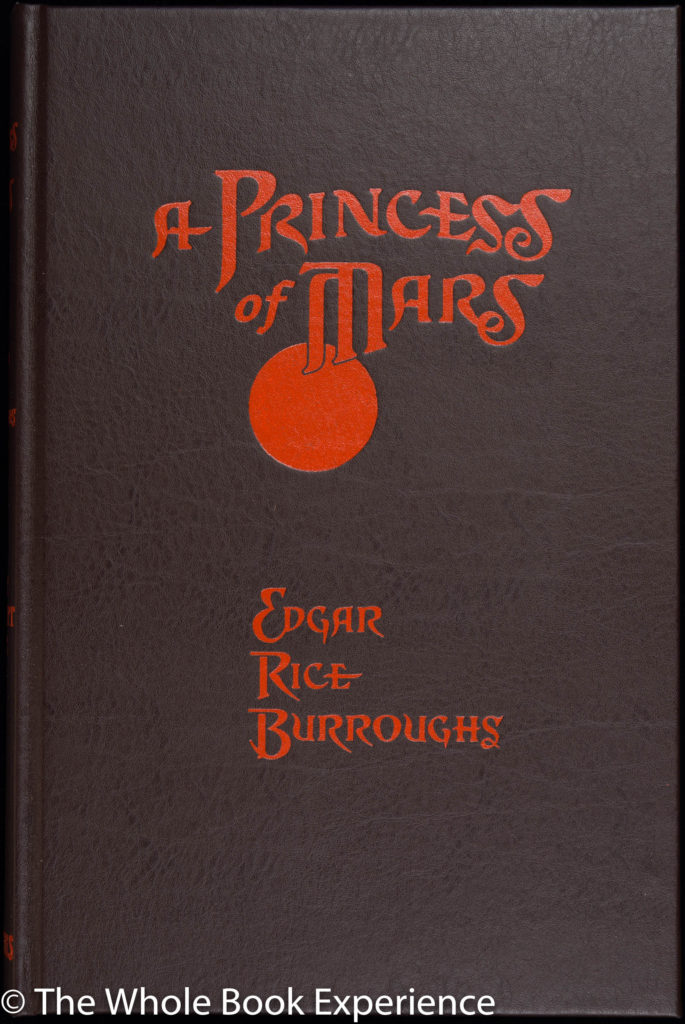
My brothers and I had a whole bookcases lined with ERB paperbacks along with R.E. Howard, Moorcock himself, John Norman (I know…), Le Guin, Tolkien, Herbert, Wolfe, Asimov, McKillip, and McCaffrey. There was Tarzan, of course, and John Carter of Mars, some Mucker, Venus, Pellucider, and other titles. I don’t read a lot of the genre anymore; when I do it’s usually because my daughter talks me into something or when I go back to one of the authors of my younger reading life for a comfort read.
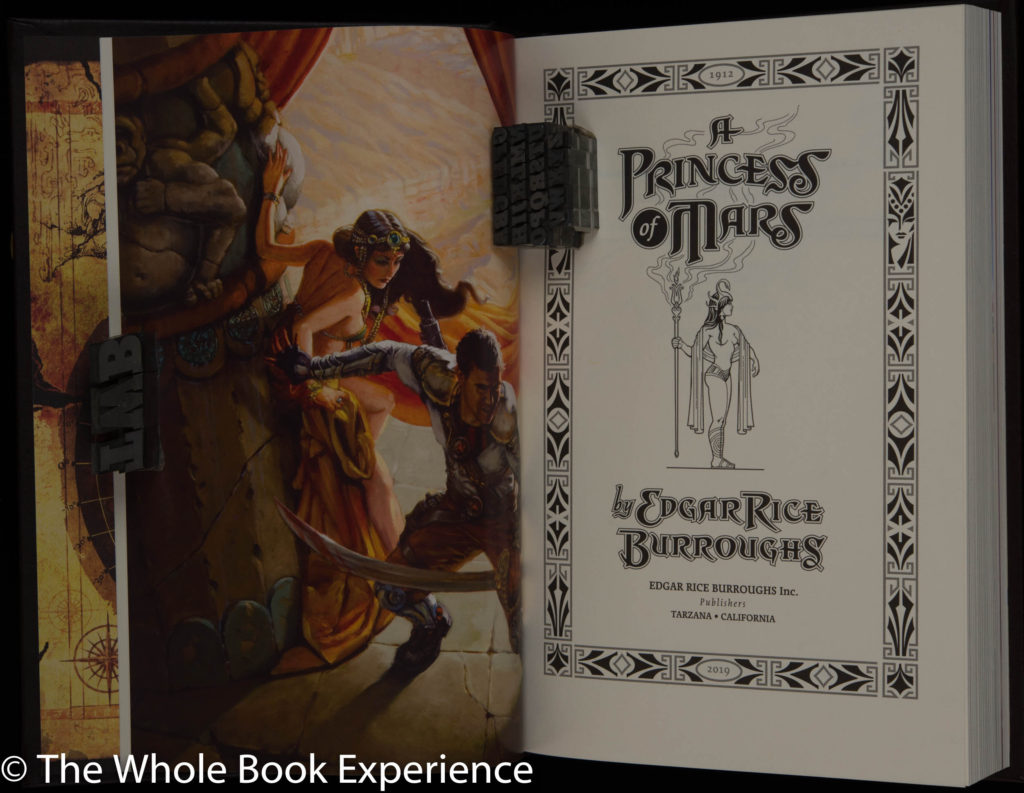
A Princess of Mars, and the followup, Gods of Mars, are two of my favorite ERB titles, along with the first few Tarzan and a couple of the dozens of subsequent Tarzan titles. I don’ t remember where our collection of the many Tarzan novels stopped but it was well into the teens or maybe twenties. I also don’t remember if I read or had all of the Mars books. Those
paperbacks are sadly no longer in my possession and any reading list I kept back then has been lost. I would love to still have them for the covers if nothing else. We had the Ballantine paperbacks for most, if not all, of our ERB titles, and those covers are instantly recognizable to me.
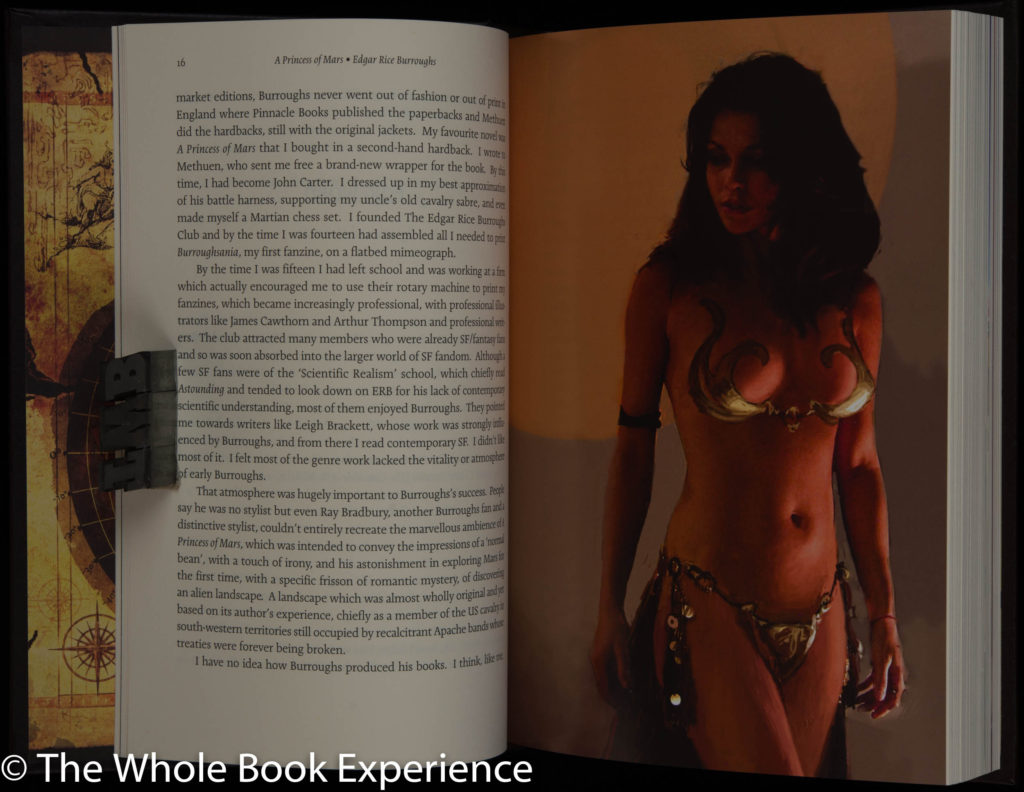
Rereading books you loved at other times in your life is always interesting. Can they still hold your interest? Do they still hold up? What stands out that maybe you didn’t notice or can’t remember from a read forty years ago? A Princess of Mars grabbed me right away once again. Like a lot of first books in what later became series, you can really feel the author’s
inspiration and joy in creating a new character and world. Even as a teen I laughed at some of the stretches ERB made in his books and some of the “mistakes” he made in understanding science or geography or zoology. In this book, however, he did a credible job of using the little we know of Mars and building technology, culture and society, and a world around it. The effects of gravity, explaining the lines as canals, the manufacture of air, population control, and the additional elements that allowed for technology not discovered on earth were credible. Some of the plot devices, like Carter forgetting that he knew the door combination for the atmosphere factory until the last minute were harder to believe than his “science” fiction devices.
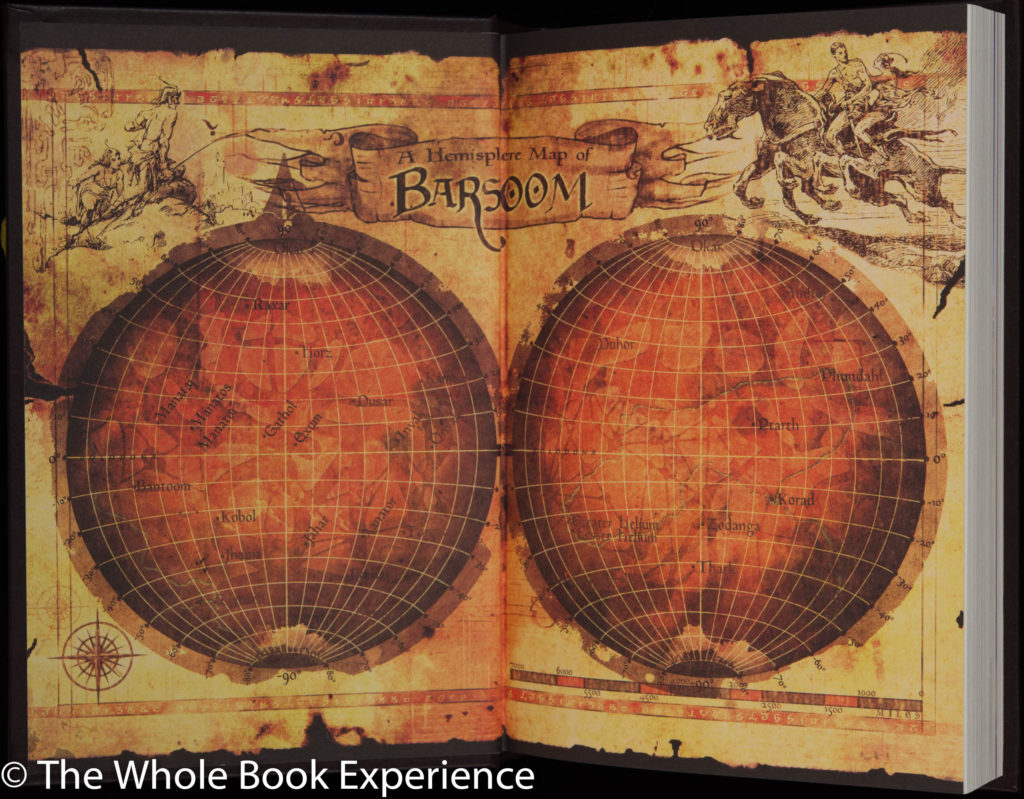
Based on what seems like a natural modern human desire for the fountain of youth, I found it interesting that he made Martians basically immortal but voluntarily (with a little push from society when necessary) “ending” their lives in a pilgrimage to the land of the dead at the age of one thousand. And, of course, using warfare to keep population at a level the planet could carry seems a tad immature and problematic and maybe influenced by the hopefully never-to-be-repeated heyday of eugenics that was a thing in the U.S.A. in the early 20th century.
One of the “funnier” passages that struck me in reading the book again was this one:
The [farm] labor was performed by convicts, prisoners of war, delinquent debtors and confirmed bachelors who were too poor to pay the high celibate tax which all red-Martian governments impose.
Not a fan of forced labor but thought it was funny that bachelors were being punished for being celibate and thrown in the mix. At least I think that was where he was going with that.
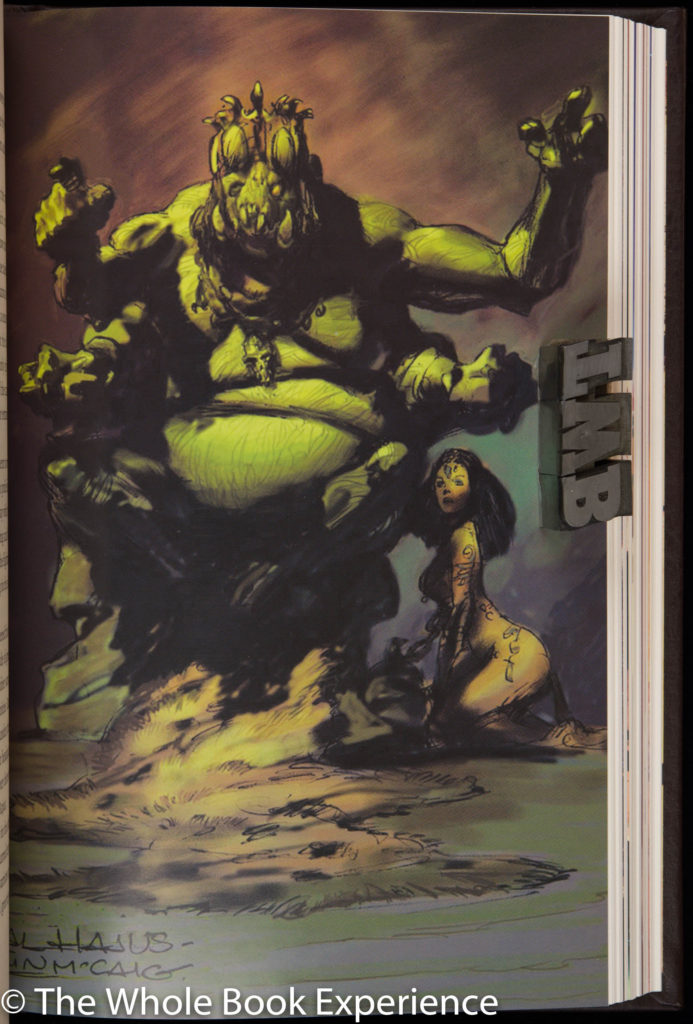
All of this rambling about pulp fiction brings me back to the main point of this review and blog, and that is how glad I am to see some of my favorites getting some form of fine press treatment. Since there are always too many private press books and too little budget, I doubt I would choose to spend thousands of dollars on a letterpress Burroughs with handmade paper, newly commissioned woodblock illustrations, and handbound in leather. So it’s nice to see ERB Books doing a very nice book at this price point. It compares nicely with the some of the editions I own by Subterranean Press and Centipede Press. And it blows away the quality of what I used to think of as a collector’s edition: my Easton Press edition. That book literally looks like it was done using a photocopier to enlarge a paperback edition’s
pages. And the illustrations pale in comparison to this profusely illustrated edition.
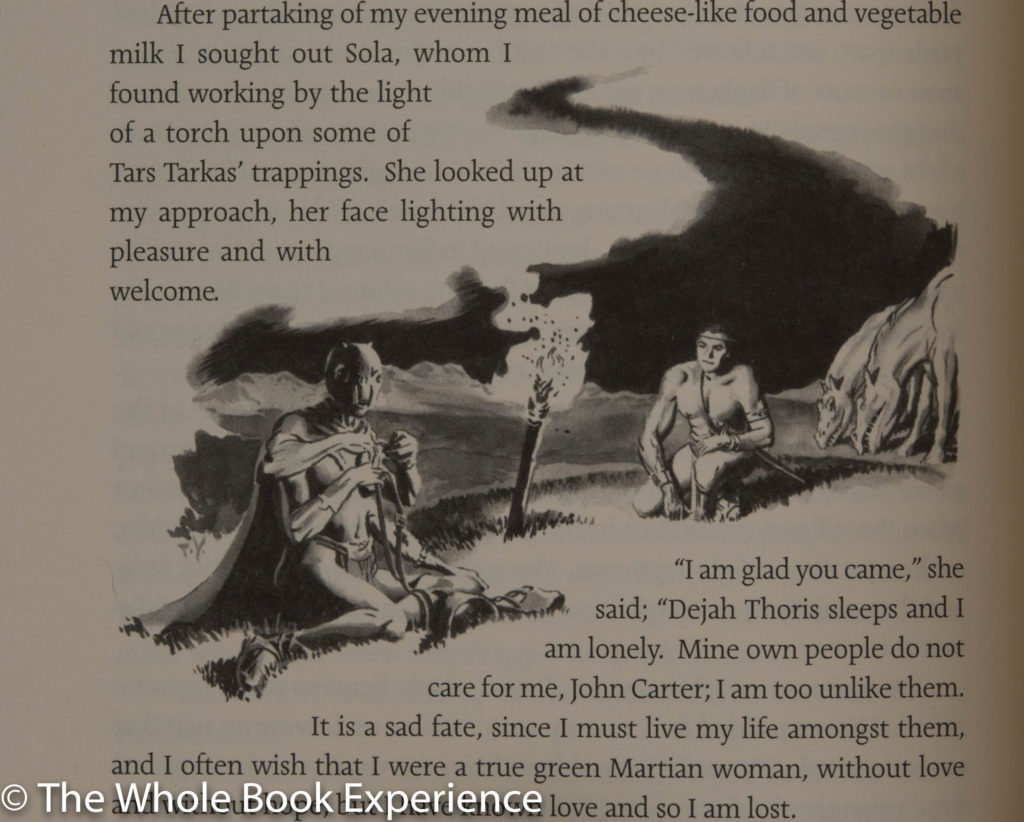
The illustrations here are a combination of illustrations by Schoonover that I believe originally appeared in the McClurg first edition, and others by Frazetta, Abbett, Whelan, Manchess, and Miller that have appeared through the years. In addition, new artwork was commissioned for the edition along with copious black and white illustrations that are embedded into the text. If you have followed this blog
long, you probably know that embedded illustrations and ornaments are a particular favorite of mine. The Ballantine paperbacks of my youth were illustrated by Gino D’Achille and are my favorites. Alas, they are not included here but it was a joy to see so many other artist interpretations of ERB’s work.
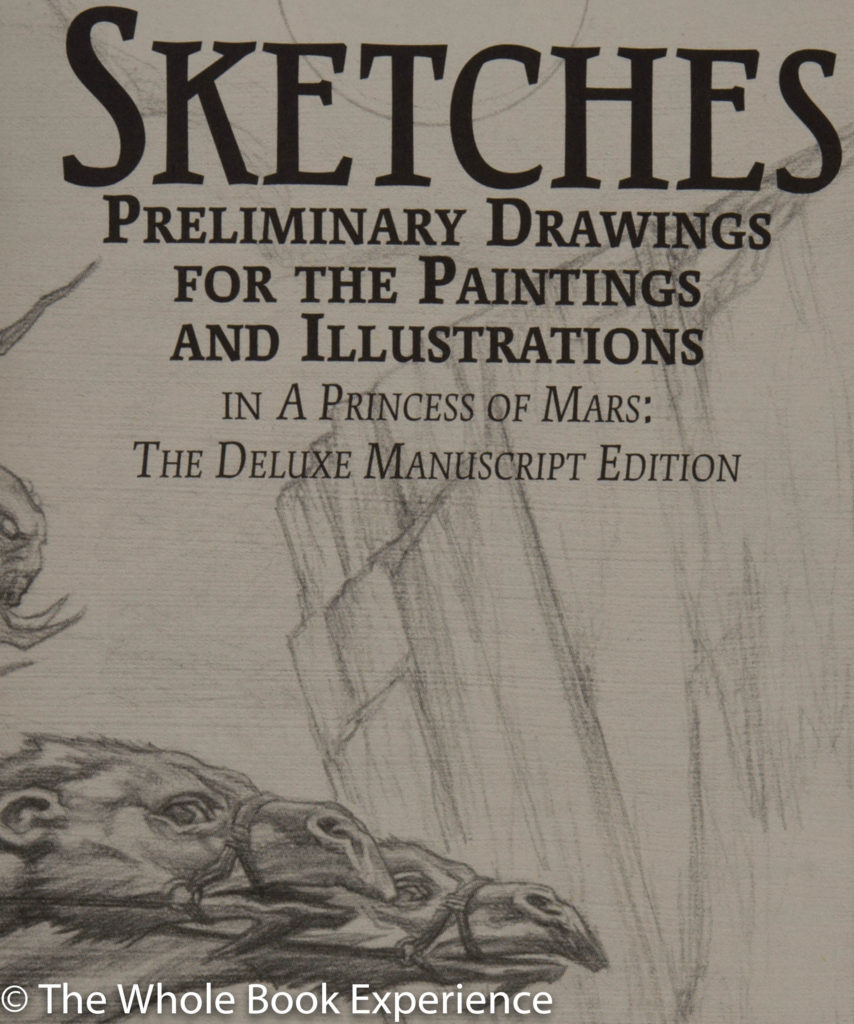
There are lots of other “extras” that come with this “manuscript” edition, including a preface by Jim Gerlach that guides you through the manuscript edition and an introduction by Robert B. Zeuschner that discusses the early manuscript. At the end of the book, there is a section of preliminary and proposed sketches for the book over its history and as well as biography of the various illustrators. The edition closes with a section on the edits to the 1917 manuscript. And if you are into other extras and ephemera, you get a whole portfolio of facsimile letters and correspondence, including the first check
in payment for the manuscript, a medallion, and replica of the pen ERB used. Finally, the book comes in a very nicely done clamshell box.
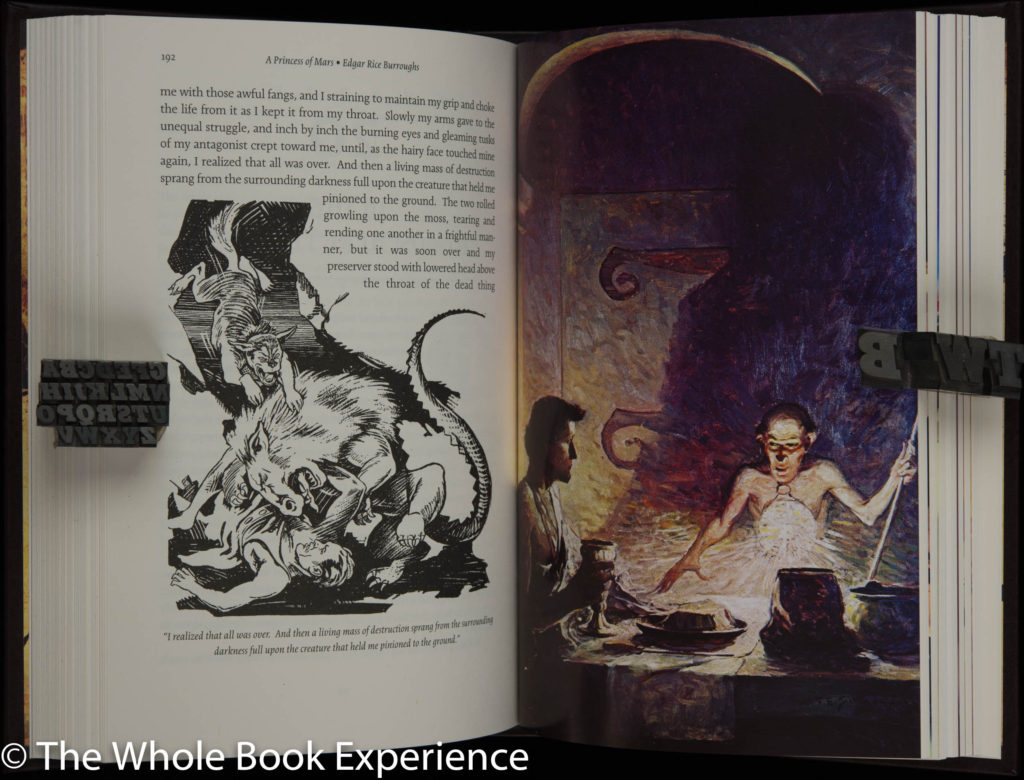
As a sidenote for letterpress fans, they did do a letterpress edition of Back to the Stone Age in 2015 using the original plates from the 1937 edition that included one of the plates with each edition. Although that one ERB title I haven’t read, I would have been sorely tempted if I had known about it back before it sold out. I’d say if you’re an ERB fan, you’ll be hard pressed to find nicer editions that
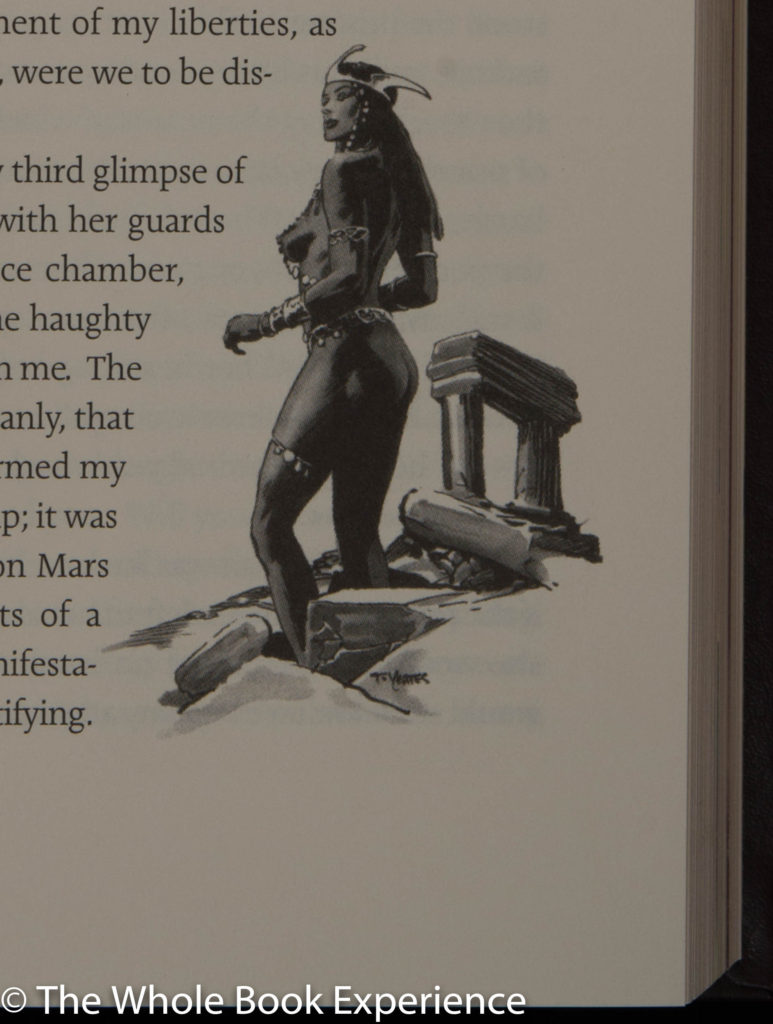
what ERB Books is putting out right now. The upcoming Tarzan of the Apes looks equally impressive and I would again gladly upgrade my Easton Press edition to the ERB Books Artist edition.
Books is putting out right now. The upcoming Tarzan of the Apes looks equally impressive and I would again gladly upgrade my Easton Press edition to the ERB Books Artist edition.

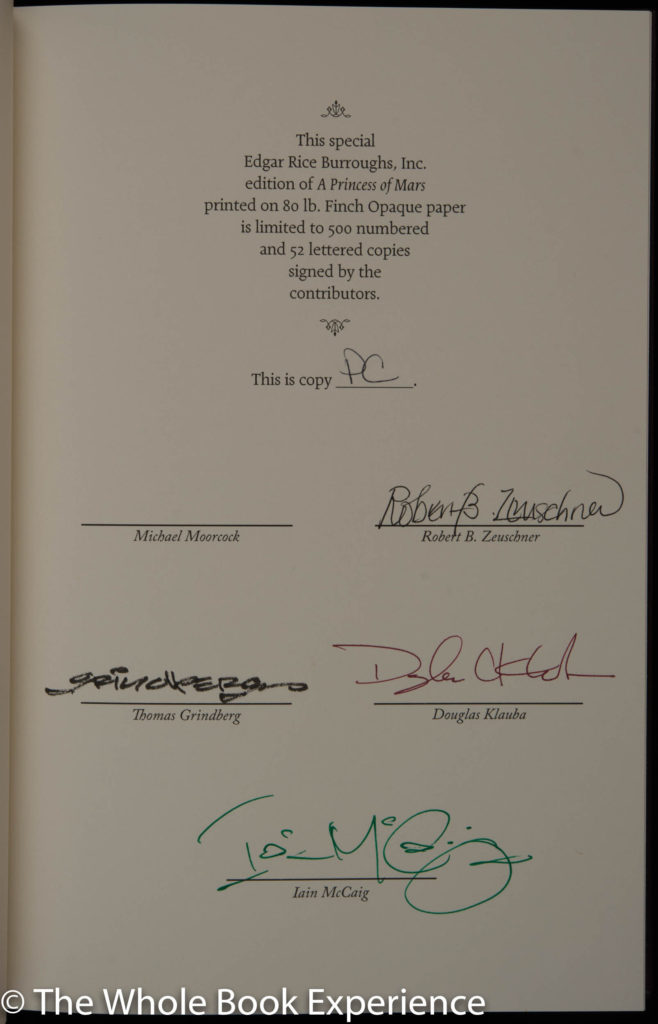
AVAILABILITY: Copies of the manuscript edition of A Princess of Mars are still available at the ERB website for $200. There are plenty of photos (I tried not to be redundant) and much more info available there as well.
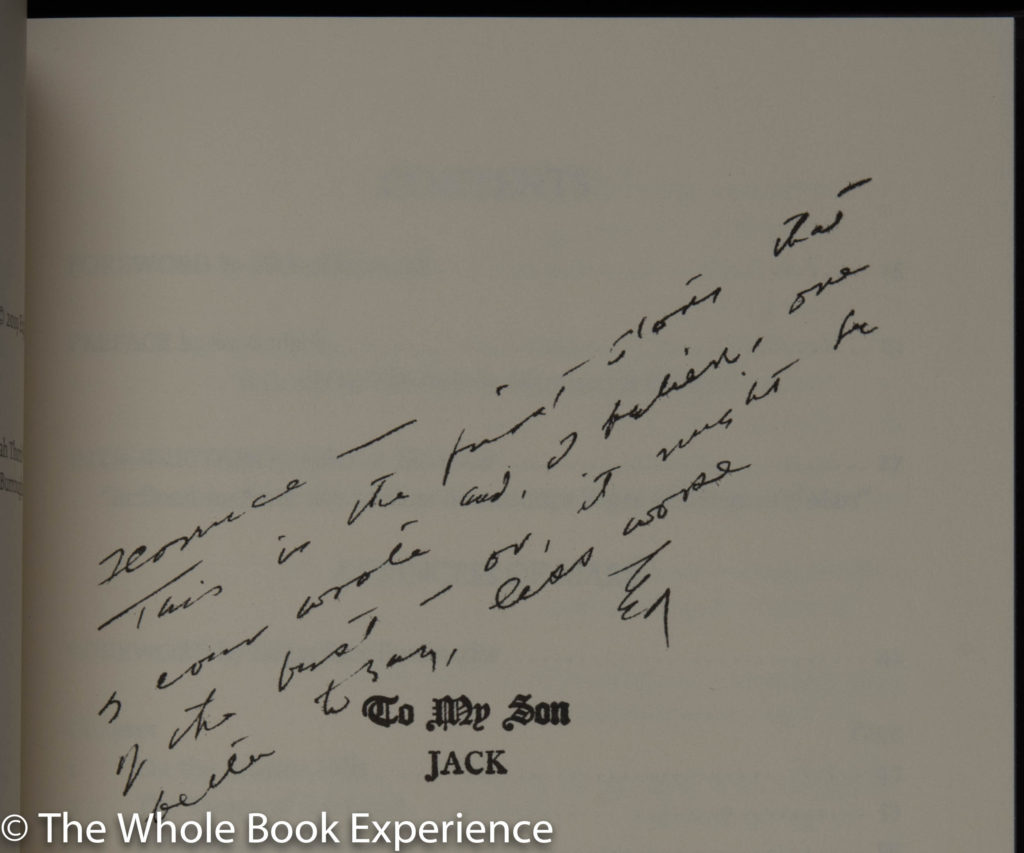
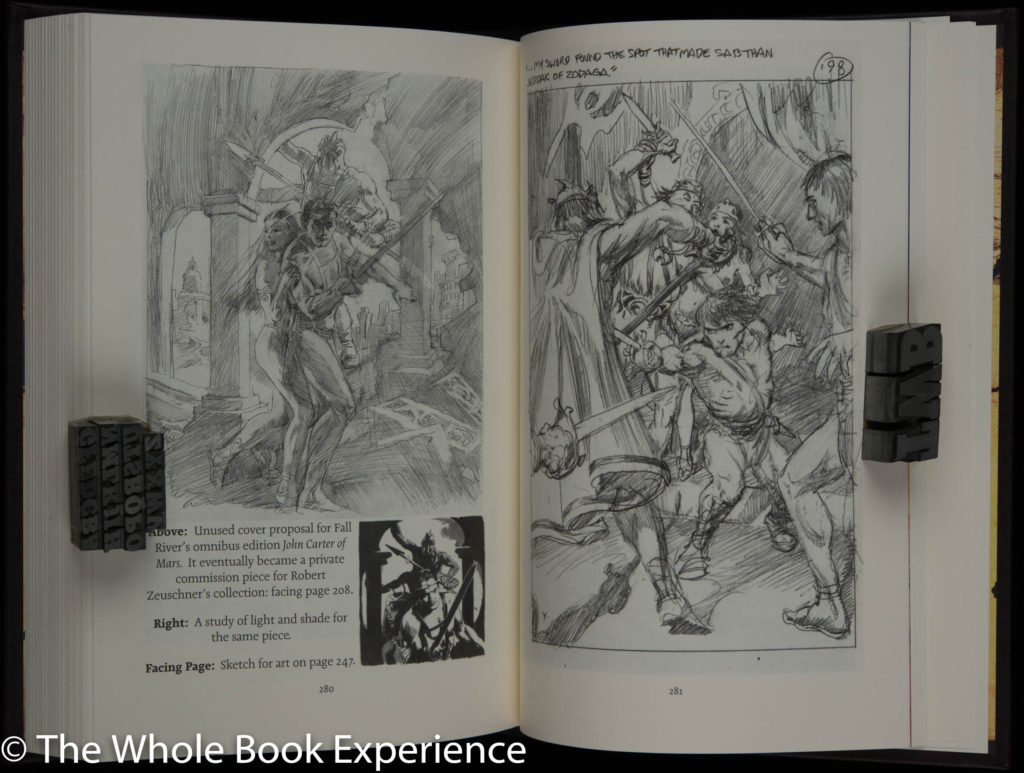
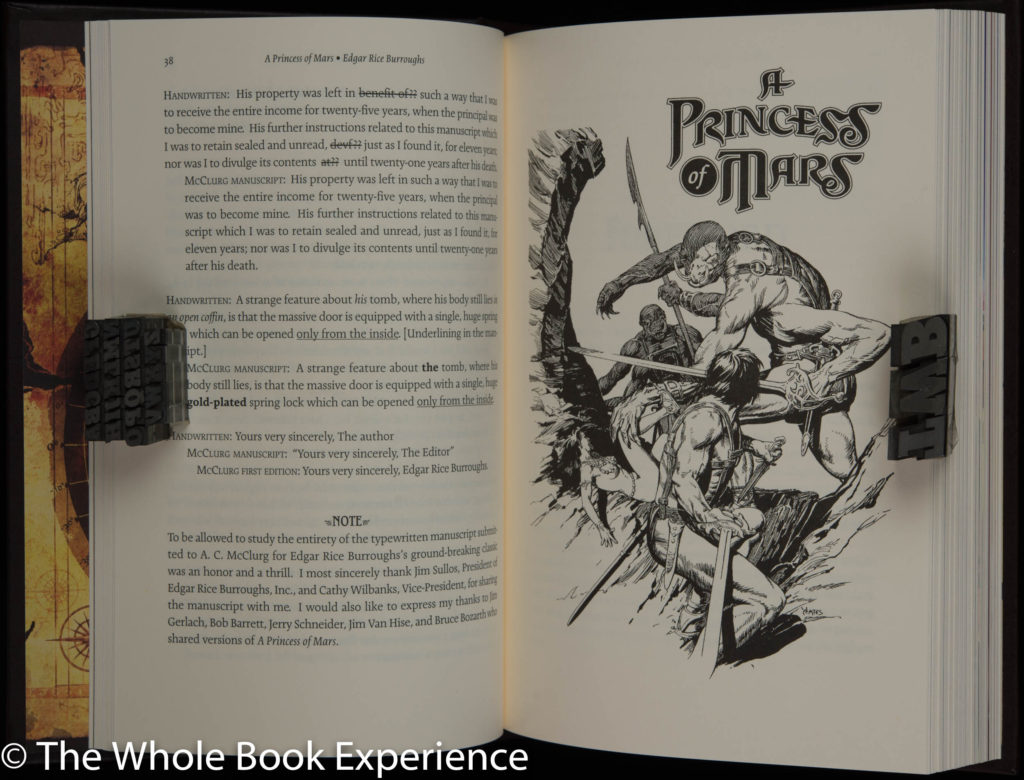
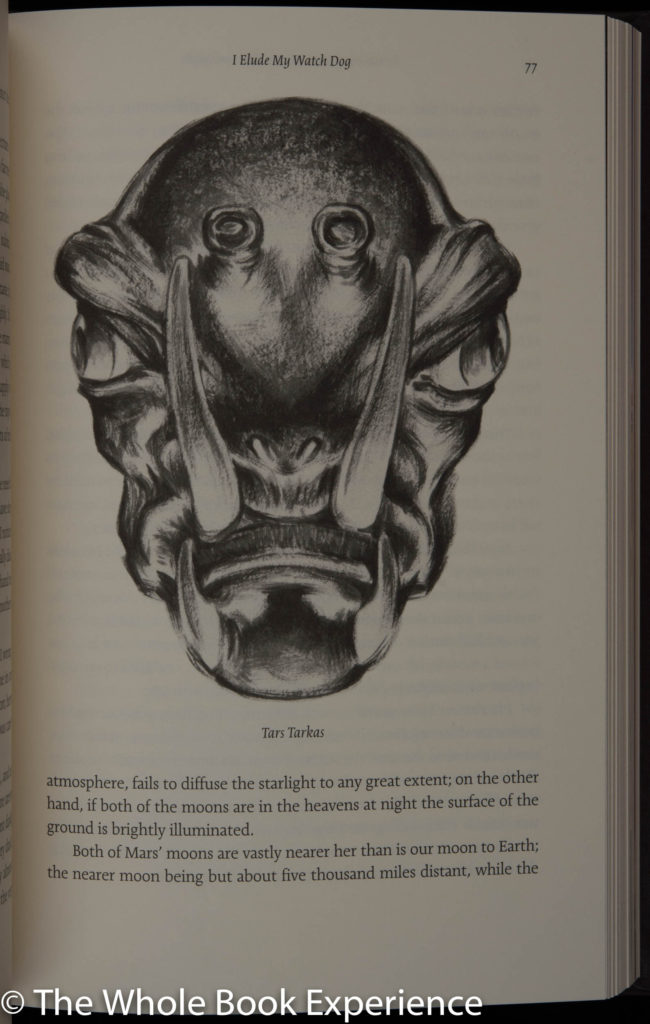
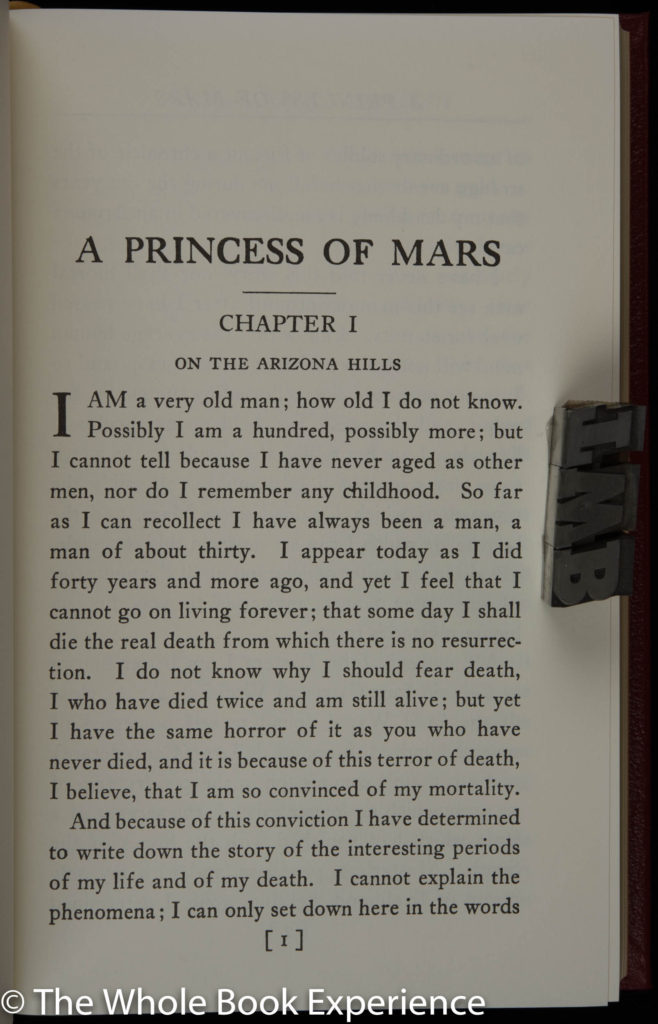

Read any Heinlein? I recently finished Stranger in a Strange Land It has that Mars connection For me it was slow at times but I liked the idea of bringing a man from mars to earth . I’ll have to check out some ERB !👌
I read Stranger in a Strange Land in college 30+ years ago and really liked it. The vaguely remembered part where the priests of different religions with presumably exclusive rights to heaven meet there stands out in my memory. Although it’s very possible that I’ve confused that scene with another book. I’ve always wanted to reread it in something of higher quality than the paperback of my first read (of course!). The Folio Society just published it in what looks like a nice edition. I don’t know if anyone else has given it a nicer treatment.
You are short-sheeting your nonBurroughs-acquainted readers by omitting the 3rd title of the continuing narrative/trilogy: The Warlord of MARS. It may not have the narrative power of the two novels you remember more fondly, but it provides closure to one or more key cliffhangers left unresolved in God’s.
For those like you who prefer a more substantial edition to have & to hold–but are not into the $200 echelon, I recommend the Fall River[Barnes & Noble] edition(ISBN 978-1-4÷51-1556-9), originally retailing for $12.98. The volume includes the trilogy with 21 original b&w illo’s & color cover panels by Tom Yeates. I bought my copy just to have the previously unpublished Yeates art!
Great point. I also have the five volume Easton Press editions of the Mars books, which go up to The Chessmen of Mars, although I confess to only reading up to the fourth volume of that set, Thuvia, Maid of Mars. It’s possible that I read the whole series as a teen but can’t pull that out of the portion of my brain where the reading memories of four or five decades ago are stored. I did find all the paperbacks for the Mars and the Venus series for my son when he wanted to read them just so I could enjoy the cover art that I do remember as a teen, even if I forget the details of the books.
I’ll have to check out the Yeates artwork. Thanks for the recommendation.